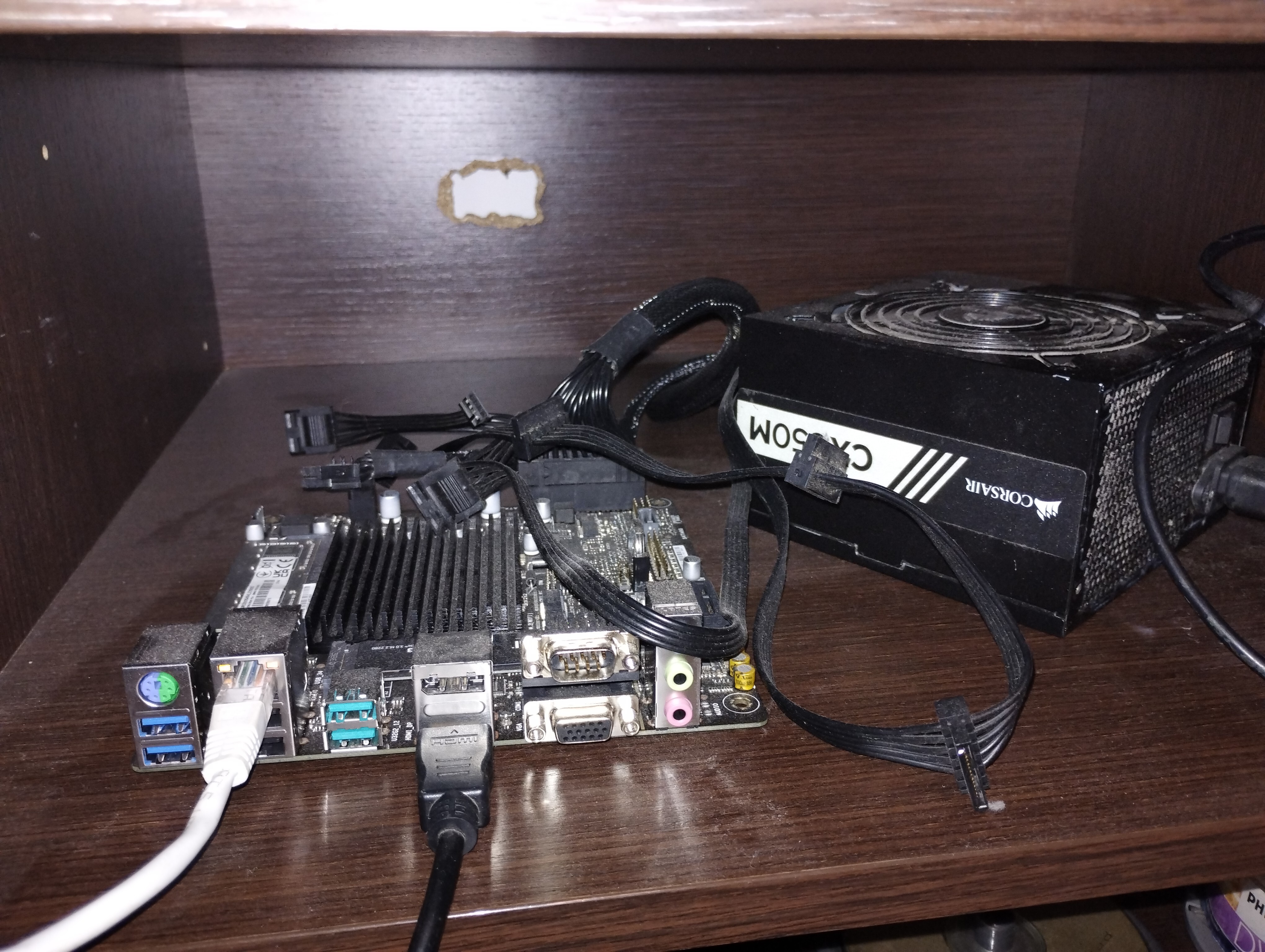

I am in Greece pirating without a VPN, and even after the new anti-piracy law passed, I haven’t received a notice (yet).


I am in Greece pirating without a VPN, and even after the new anti-piracy law passed, I haven’t received a notice (yet).
I wanted to try it but its installer kept hanging when it saw my LUKS on LVM setup :(
Immutable OSes are difficult to use for coding or other tasks that include installing many terminal utilities and for that reason, I don’t recommend them and certainly don’t want them to be the future of Linux distros. And if I’m going to create a container running a different distro to install and run the apps I want to use, then I may as well use that distro on my host.


laughs in LineageOS
A question - can I use Bazzite for uses other than gaming? I game on my laptop, but most of the time I’m writing code. Could I use it for that or should I go for something like Fedora, Debian or Arch?


Since you need to self-host Jellyfin, then you are responsible for making the service public.


Finally found what’s causing my laptop’s DNS servers to change automatically in the background. It was the systemd-resolved FallbackDNS setting. Disabled it in a config and now I can access all my custom DNS names.


Legends walk among us

It’s a game that carries a lot of memes, and I see you have already some replies about your comment being “sus”.


Your choice of words may trigger some people around here…
I update daily and never had issues with packages.
Arch: I have the most up to date computer in the whole world, I have the AUR, no one can stop me
switches to Debian
Debian: My packages are so stable, nothing can break the eternal peace of my system’s packages
switches back to Arch



My laptop is called xontros-gatos, which in my native language means fat-cat. Similarly, my server is called server-cat, a small laptop that I have for testing stuff is called small-cat and a new laptop that I just got is called fatter-cat.
I LIKE CATS I LIKE CATS I LIKE CATS I LIKE CATS I LIKE CATS I LIKE CATS I LIKE CATS I LIKE CATS


After having upgraded my Pi-Hole to v6, for some reason yesterday it started to not recognize any of the blocklists. So, I resetted it and now it works.


Just gonna leave this here.
Yes, this is it. I bought it because it was cheap (100€) and had a built-in CPU. The only problems are that it hasn’t got many SATA or PCIe ports. This is fine however, because I have no need for them right now.

This is a custom built mini PC, with a mini-ITX motherboard and an Intel N100 CPU. It gets powered by a power supply that I got from an old computer. Also, it needs no active cooling, just a heatsink. It almost never gets above 60°C.
(and yes, it has no case).
In it I run:


Oh, I missed the L1 in the title. Basically, all the decryption at L1 is happening inside a Trusted Execution Environment. This is a dedicated chip that does all encryption-decryption (among other things). This is why it is so difficult to extract the keys, because they don’t enter the CPU or are stored in RAM, because the dedicated chip handles all of these.
So I don’t think you can find a guide about this, because if anyone has found even one exploit, they would be keeping it to ourselves, so that it doesn’t get patched.
Although it is very difficult, I think the only real solution is to reverse engineer a TEE and find an exploit yourself.
If you manage to do this, please let me know! I am happy to get updates about progress in this topic.
Yes.
Also, I kinda should use a VPN anyway but I don’t want to buy it yet.